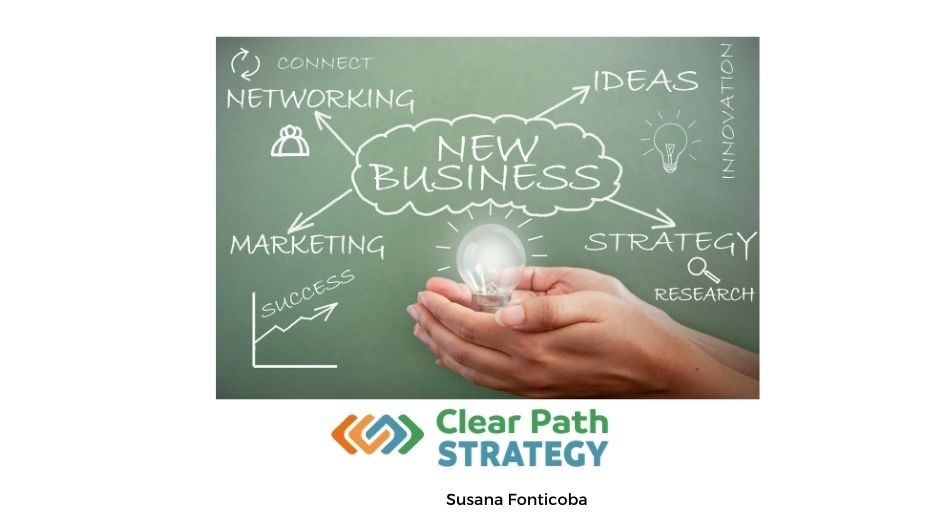Many “early entrepreneurs” who are creating their new business and wanting to promote their new company often believe they have to start by shelling out big bucks on a fancy website to make a great impression. While having an awesome website is key at the right time, spending thousands of dollars at the very start is not only unnecessary, but can also be detrimental to your bottom line. Here’s why.
Often a new entrepreneur will start off with a mission, a vision, a goal, but they have not yet gotten their feet wet, communicating and transacting with clients. At this early stage, they are fueled by their dreams and desires but no data.
clients. At this early stage, they are fueled by their dreams and desires but no data.
Say, for example, you have a green glass widget to sell and you pay $3,000-$5,000 for a new website to attract customers to buy your gorgeous green glass widget. But sales are only trickling in, few and far between, and while the website gets visitors, the conversion to sales is simply not happening. What gives?
If entrepreneurs haven’t done their market research, or held focus group sessions; if they haven’t searched for what the competition is doing – for whom and how – leading with just a belief people will love your product as much as you do may just fall flat.
Customers may call and ask if you have it in gold, or if it comes in different shapes or sizes or materials – all requests that you cannot fulfill right now because it wasn’t in your original business plan.
A great entrepreneur will listen to what the customers want, and change their offers to meet the demands. But now they have to pay more money to change some if not all of their website pages, have new photos taken, and more. This typically leads to another invoice from the webmaster, when you still don’t have sufficient sales to pay for it all.
Let’s avoid paying big bucks at the start and go the alternate route…
- You create or overhaul your LinkedIn profile and create a free company page. Right from the start, treat LinkedIn as your company’s central website. It’s the most professional social media portal and it allows you to publish full length blog posts as well as uploading photos and videos.
- You supplement the social activity with Facebook, Instagram, Twitter, YouTube, Google My Business, Pinterest and anything else that’s popular at the time. At first, yes, do it all; over time, analyze where you are most readily gaining traction.
- You attend tons of networking events and always bring a few sample products with you. Most virtual networking these days are free and are often nationwide if not international. Instant reach around the globe!
- You reach out to your personal connections and enlist them in helping you spread the word by sharing your social media posts and telling their personal connections about your company.
- You join Meetup groups and local clubs and share about your company.
- With all the folks you’re meeting, collect the email address of those who are truly interested in your company and products and add them to an email marketing platform. Send emails 2 or 3 times per month with great information around why your products can give them a wonderful experience. Do not make it salesy!!!
As you can see, we already have at least 6 strategies to promote your new company while spending VERY minimal amounts of money. Certainly not thousands! And while you collect customer feedback around tweaks you can make to your product (or service), in a few months’ time, you’ll feel more confident around the final company offers that should go on a website. Now you’re ready to go big time – with the experience and the data under your belt to make wise decisions!
When your sales are consistent, and when customers are fully embracing your product or services with more repeat business and word of mouth referrals, now you’re too busy with customer fulfillment to handle all the promotion yourself. For some it could be a few months. If the product is slow to take off, however, you may need to wait a couple of years. When the time is right, hire a marketing agency or marketing consultant to fine-tune your strategies and create professional ads.
Always keep the customer’s experience in mind! From the first moment the customer has made the purchase and every step along the way of the customer experience, pay attention to every detail. Include this information in your promotional pieces. Everything about your promotions should highlight the customer’s problem that you’re solving, the experience they will have with your product, and the most important: the results they will receive when they make the purchase. It’s always all about the customer, and never about you!

